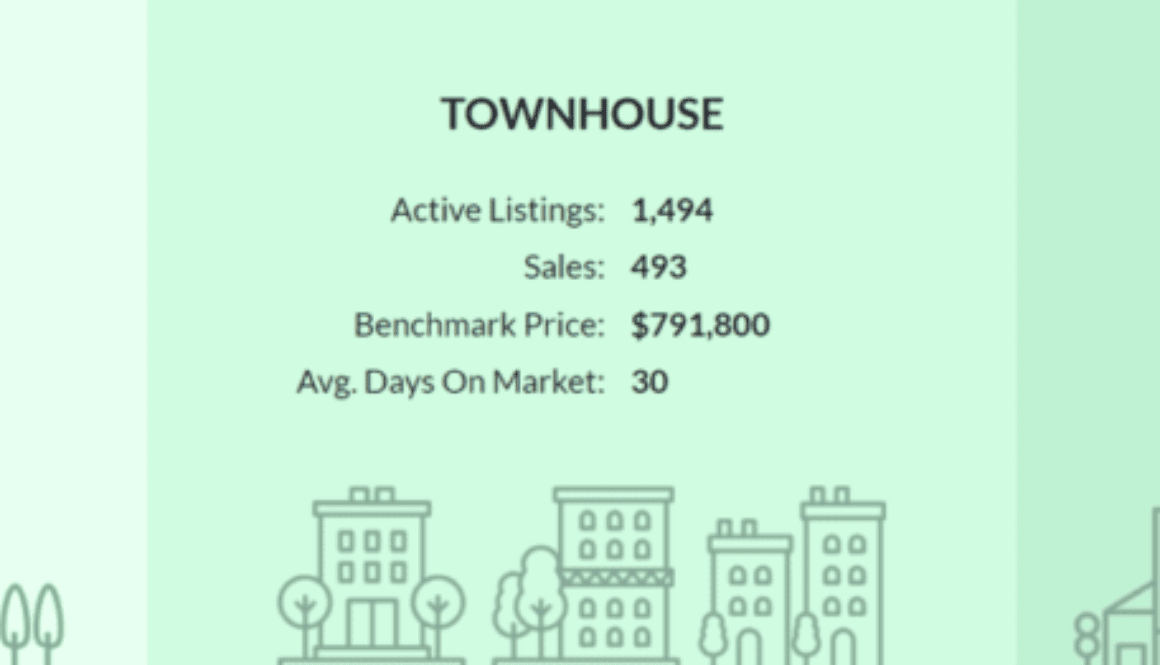June 2020 Newsletter Introduction
Hello Real Estate Interestee –
It’s Summer! Finally! As BC continues to move through a phased-in approach to reopening the province, residents and health officials are starting to look ahead to what Phase 3 will look like and when restrictions and regulations might they further ease up on. I have yet to step foot into a restaurant just yet, but when I do – I’m going to drag one of cousins to the restaurant we were going to go to make up for our birthday. I’m sure everyone else have started to make plans on how they’re going about in normalizing life when they’re outside. So what’s happening in the Real Estate market for the next 6 months? Potentially – Experts in the real estate industry say CMHC’s new, strict lending measures will trigger a surge in home purchase volume as potential home buyers rush to the mortgage market before July 1. And what are the new rules you may ask?
1.raise the minimum to 680—meaning buyers will need a “good” credit score.
2.: All buyers will be limited to spending up to 35% of their gross income on housing, and can only borrow up to 42% of gross income once other loans are included.
3. Borrowers must provide the down payment “from their own resources,” CMHC says. These can include savings; equity from the sale of a property; a non-repayable financial gift from a relative; funds borrowed from other, liquid financial assets or against other real property; or a government grant. As for the mortgage stress test? It will not change.
– Sam







